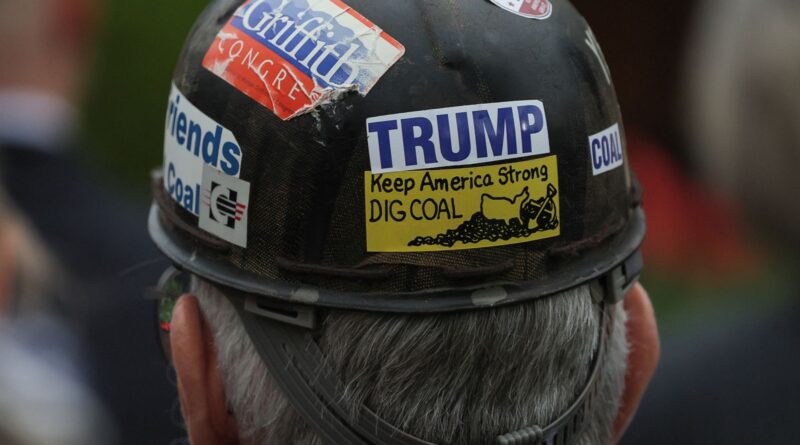Do Trump’s Tariff Figures Hold Up Following the ‘Liberation Day’ Announcement? | US News
Donald Trump’s Rose Garden “Liberation Day” presentation was nothing short of a theatrical spectacle – a pivotal day he envisions will promote a gradual resurgence in America.
But what will be the immediate consequences for the American populace and the global community?
And was it merely an elaborate façade?
Latest from Trump: Tariffs could severely impact the world economy
It was undeniably an expert-defying display of Trumponomics.
For years, the president has claimed that the US has been “looted, pillaged, raped and plundered by both friendly and hostile nations”.
He took pleasure in unveiling massive charts, where the intricate global economic framework, developed over decades, was condensed into two columns accompanied by percentages.
The first column presented tariffs that Trump asserted America was subjected to, derived from dubious and unsourced White House calculations.
The second column illustrated the tariffs that Trump’s America would impose.
He seemed enthralled by the figures laid before him, almost as if encountering some of them for the first time.
“China, first row…” he remarked. “European Union, they’re very tough… Vietnam… Taiwan… Japan… India, very very tough… Indonesia, Malaysia, Cambodia – oh look at Cambodia, it’s at 97%!” he exclaimed.
His commerce secretary, standing beside him, beamed with approval.
Some of the world’s most impoverished nations—who have already been crippled by USAID cuts—will face even greater hardships due to this approach.
Yet aside from the Trumponomics narrative, an unmistakable air of duplicity lingered.
How exactly did his team derive these figures?
For instance, with respect to South Korea, the US has a trade agreement, and it is not imposing a 50% tariff on American exports, contrary to what Trump’s charts suggest. Is the EU truly charging America a 39% tariff? No.
Team Trump’s calculations incorporate undisclosed “currency manipulation” elements and various non-tariff barriers (the EU does have many, to be fair).
However, the reasoning behind the figures and calculations remains elusive.
Read more:
Trump’s tariff saga continues
‘Liberation Day’ explained
Reactions from Sky correspondents on Trump’s tariffs
Lesotho’s diamond industry
Consider the small African nation of Lesotho (the place Trump recently claimed to have never heard of).
It faces an exorbitant 50% tariff based on the unfounded assertion that it charges the US 99%.
In reality, it is part of a regional trade agreement with neighboring countries, which are subjected to lower tariff rates.
Lesotho’s textile sector heavily relies on US exports. Currently, 56.2% of its population survives on less than $3.65 a day, as reported by the World Bank.
It’s evident what the repercussions will be.
Almost half of Lesotho’s exports consist of diamonds. Trump’s motivation for these tariffs is to bring manufacturing back to the U.S.
Will his harsh measures against Lesotho foster a diamond industry in Pennsylvania?
A similar argument holds for countries like Indonesia and its coffee industry. What is the state of coffee farming in America?
It’s clear where this is going.
The White House’s calculations seem to rely entirely on trade deficit figures, which are inherently tied to supply and demand dynamics.
👉 Follow Trump 100 on your podcast app 👈
“China, first row …”
China is also a central topic.
The announcement from Trump will enforce a 34% levy on top of the existing 20% tariff.
This means that Chinese products will be over 50% more expensive for American consumers, assuming the costs are passed onto them.
The repercussions in China will be significant as well.
A ‘special relationship’
While this day was largely unfavorable for countries outside of Trump’s America, for the UK, it turned out as positively as it could.
The foundational 10% tariff for Britain is being perceived as something hopeful by Downing Street.
The British government believes it’s in the lead compared to the rest of the globe in terms of negotiating an agreement to eliminate tariffs.
Over recent weeks, the UK has already proposed measures to please Donald Trump.
The expectation was to achieve results before this announcement.
Now, they are poised to negotiate intensely to reduce the 10% tariff.
The ‘special relationship’ will bear significant weight.






